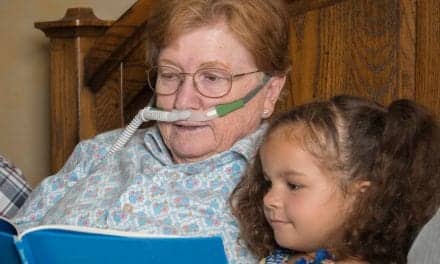The 2013–14 influenza season peaked in late December with pH1N1 viruses predominating nationally and in all 10 regions, according to a Centers for Disease Control and Prevention (CDC) report. Activity decreased through January and February, but a late season increase in influenza B activity occurred in March, and influenza B viruses became the predominant virus nationally in week 13 (the week ending March 29, 2014). Nearly all of the influenza virus specimens sent to CDC for further antigenic characterization were similar to the components of the 2013–14 Northern Hemisphere vaccines.
After several recent influenza A (H3N2)–predominant seasons, 2013-14 was the first pH1N1–predominant season since the 2009 pH1N1 pandemic. The cumulative incidence of hospitalization among adults aged 50–64 years during the 2013–14 season was well above the range of rates seen in seasons following the 2009 pandemic, whereas hospitalization rates in all other age groups were within the range seen in recent years. This age distribution of hospitalizations is likely attributable to several factors, including lack of cross-protective immunity to pH1N1 and lower influenza vaccination coverage among persons in this age group.
Some other key findings included:
- Cumulative hospitalization rates (per 100,000 population) were calculated by age group based on 9,635 reported influenza hospitalizations during October 1, 2013–April 30, 2014.
- Among 9,586 cases with influenza type specified, 8,497 (88.2%) were associated with influenza A virus infection, 1,046 (10.9%) with influenza B virus infection, and 43 (0.4%) were associated with mixed influenza A and influenza B virus infections.
- Persons aged 18-64 years accounted for 57.4% of reported hospitalizations.
- The cumulative incidence for all age groups for the period October 1, 2013–April 30, 2014, was 35.6 per 100,000.
- The cumulative hospitalization rate (per 100,000 population) by age group for this period was 46.9 (for 0–4 years), 9.5 (5–17 years), 22.0 (18–49 years), 54.3 (50–64 years), and 88.1 (?65 years).
In addition, the report says that the FDA’s Vaccines and Related Biological Products Advisory Committee determined that the 2014–15 influenza vaccines used in the United States have the same antigenic composition as those used in 2013–14.
The trivalent vaccines should contain an A/California/7/2009-like (2009 H1N1) virus, an A/Texas/50/2012-like (H3N2) virus, and a B/Massachusetts/2/2012-like (B/Yamagata lineage) virus.









